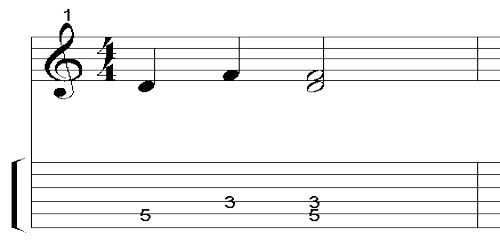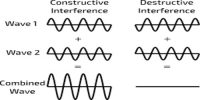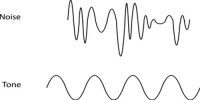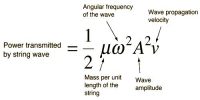Musical Interval or Musical Proportion
Most of the meaningful words which we hear are composed of different frequencies. This frequency, being the simple multiple of one other, appears to us musical in character. The major part of the energy of a music remains in the fundamental tone and rest energy stays in overtones. A characteristic of the music depends on the distribution of these energies. A music that contains the number of harmonics and less number of non-harmonic overtones becomes more soothing i.e., sweet to hear.
If the ratio of frequencies of two tones is a pure number, then due to their combined effect a musical sound is produced and their difference in intensities can become distinct. For this reason, the ratio of two frequencies of two tones is musical interval or musical proportion.
In music, following terms are found in extensive use,
(1) Triad: If the ratio of three frequencies is 4: 5: 6, due to their combination the musical sound that is produced is called Triad. Do : Mi : sol = 256: 320: 384 = 4 : 5 : 6 and Fa : la : Do = 341 33 : 426.66 : 512 = 4 : 5 : 6 ; hence tones produced by frequencies 256, 320 and 384 and 341.33 : 426.66 and 512 are called triads
(2) Chord: If the ratio of frequencies of four sounds or words is 4: 5: 6: 8, then due to their combination a pleasant musical tone is produced. This type of combination is called chord. So, the combination of the triad and the double of the lowest frequency of the triad is the chord. But if the combination is not a pleasant sound rather becomes noisy then that combination is called dischord.
(3) Harmony: If some sounds are produced simultaneously and if a union is created among them then that is called harmony.
(4) Melody: If some sounds are produced successively and a sound of the musical tone is produced. then it is called melody.
(5) Solo: The note produced from a single musical instrument is called solo. Notes produced from a piano or violin are solos.
(6) Orchestra: When a harmony or a melody or both are produced by playing more than one musical instruments simultaneously, then it is called orchestra.















